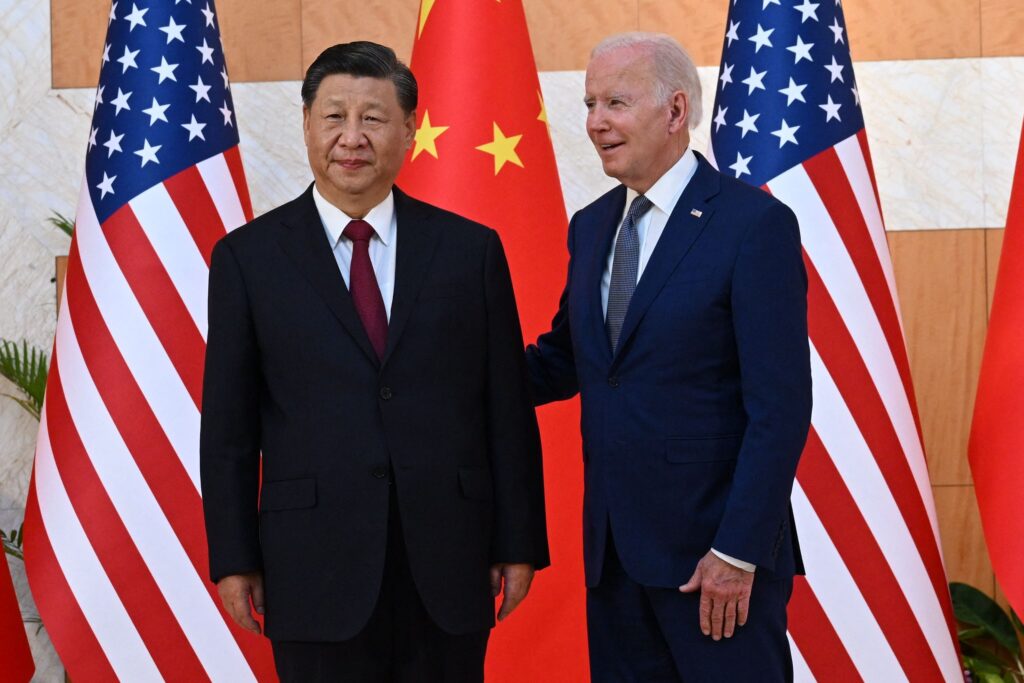The world keeps moving more and more to technology, causing more and more divide. Right now, there is a conflict between the United States and China over semiconductor technology that clearly shows the struggle for global technological dominance. Technology is not just useful in our everyday lives, but it also impacts economic power and national security concerns.
Most of us have and use technology in our daily lives. However, some may not know how crucial semiconductors are to having this privilege. They are the fundamental building blocks of electronics and have become essential components in everyday devices.
Recently, AI has grown rapidly, and it is being thrown around in daily conversations as people wonder what different industries will look like with the potential “takeover of AI.” Well, semiconductors also play a large role in artificial intelligence, telecommunications, and defense systems. The United States has a history of being a leader when it comes to semiconductor design, manufacturing, and innovation, holding a vital position in global semiconductor markets.
However, China is still very reliant on semiconductors imports from nations like the US, Japan, and Taiwan. This dependency on the US and its allies has caused their economy to become much more vulnerable, causing Chinese leaders, Xi Jinping’s administration, to prioritize semiconductor production domestically.

This chip war escalated significantly under the Biden administration, which imposed several strong export controls on semiconductor technology to prevent it from going to China to be used in improving China’s military capabilities. These measures include restricting the sale of advanced microchips and chip-making equipment to Chinese firms. The US aims to gain and encourage allies like Japan and Taiwan to align with US interests to isolate China from global semiconductor supply chains.
This chip war escalated significantly under the Biden administration, which imposed several strong export controls on semiconductor technology to prevent it from going to China to be used in improving China’s military capabilities. These measures include restricting the sale of advanced microchips and chip-making equipment to Chinese firms. The US aims to gain and encourage allies like Japan and Taiwan to align with US interests to isolate China from global semiconductor supply chains.
Xi Jinping’s response has involved several efforts to enhance domestic semiconductor production through massive government investments. Despite these efforts, China continues to lag behind technologically.
The US strategy hopes to maintain its edge and impede China’s ambition to achieve technological self-sufficiency since it threatens US economic and national security interests. Furthermore, the fact that the semiconductor industries are global complicates efforts to decouple the US and Chinese economies without causing disruption to global supply chains and economic stability. The ripple effects of export controls and other retaliatory measures are easily noticed when it comes to multinational corporations and semiconductor manufacturers.
China’s hopes to reduce dependency on the US for technology have significant challenges, including technological barriers, regulatory constraints, and international sanctions. These show how difficult it can be to isolate from the global market in this time and age where cooperation is key to keeping economic stability.
In the future, the US-China chip war will likely shape the political and economic landscape as more technology is invented and manufactured, leading to different laws, trade relations, and alliances. As both nations try to take control of this industry, the outcomes will have significant global implications, as this topic only goes to show how interconnected the world has become.

